Comment: For a smart-sounding psychologist, Kosinki's statement about Lavrov is pretty dumb. Russia hasn't started any wars (Ukraine - started by U.S.-backed Kiev and the Donbass militias, Georgia - started by Georgia with U.S. backing), but they have stepped in to help finish them, as in Syria. And in the last 30 years, Russia hasn't taken over any countries. In fact, they gave up many - the ex-Soviet Republics.
Kosinski's "stuff" includes groundbreaking research into technology, mass persuasion and artificial intelligence (AI) - research that inspired the creation of the political consultancy Cambridge Analytica. Five years ago, while a graduate student at Cambridge University, he showed how even benign activity on Facebook could reveal personality traits - a discovery that was later exploited by the data-analytics firm that helped put Donald Trump in the White House.
That would be enough to make Kosinski interesting to the Russian cabinet. But his audience would also have been intrigued by his work on the use of AI to detect psychological traits. Weeks after his trip to Moscow, Kosinski published a controversial paper in which he showed how face-analysing algorithms could distinguish between photographs of gay and straight people. As well as sexuality, he believes this technology could be used to detect emotions, IQ and even a predisposition to commit certain crimes. Kosinski has also used algorithms to distinguish between the faces of Republicans and Democrats, in an unpublished experiment he says was successful - although he admits the results can change "depending on whether I include beards or not".

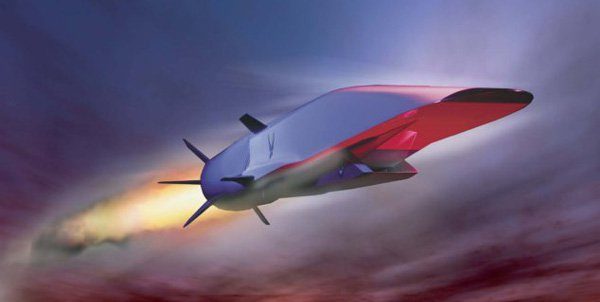
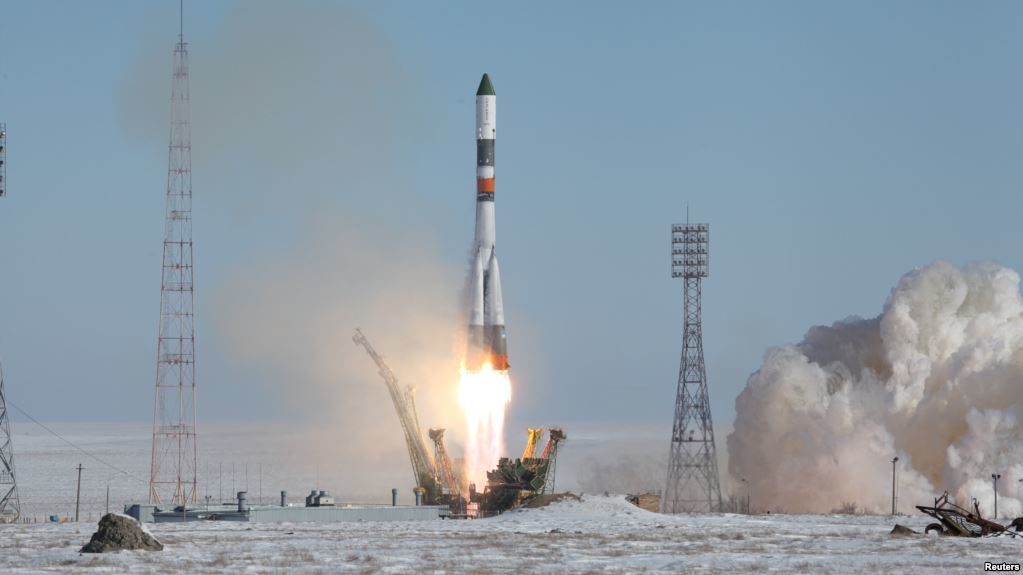
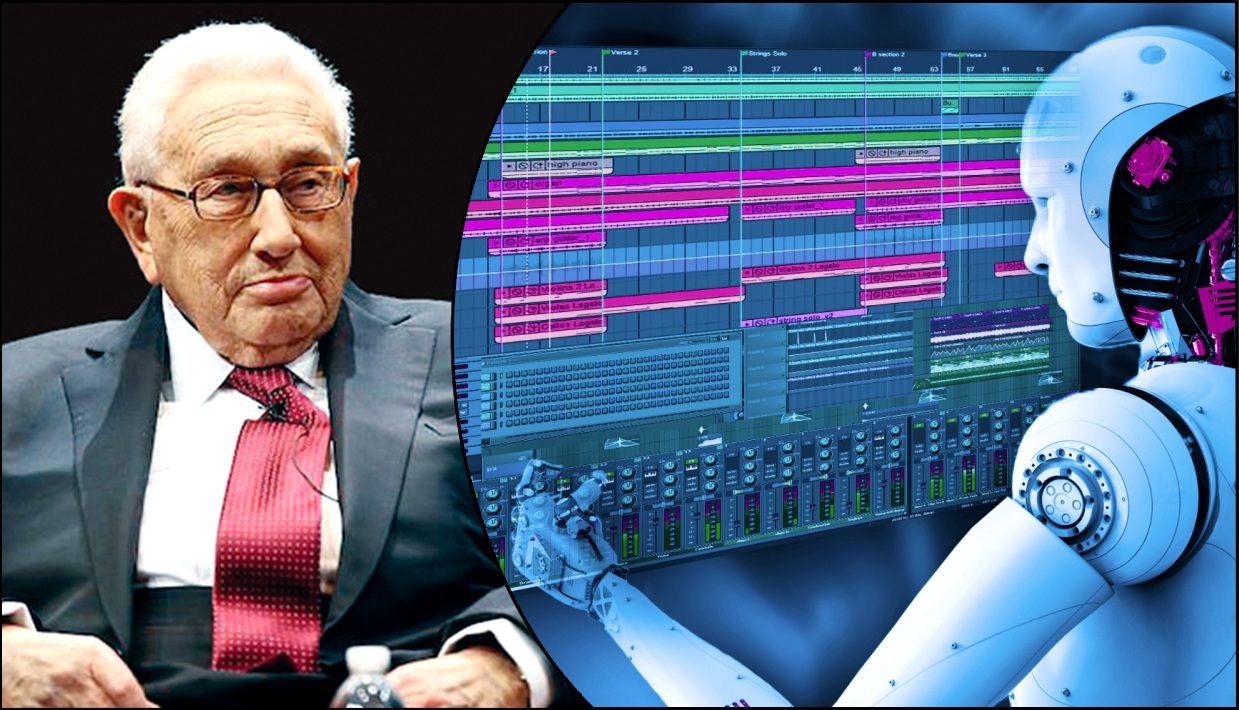
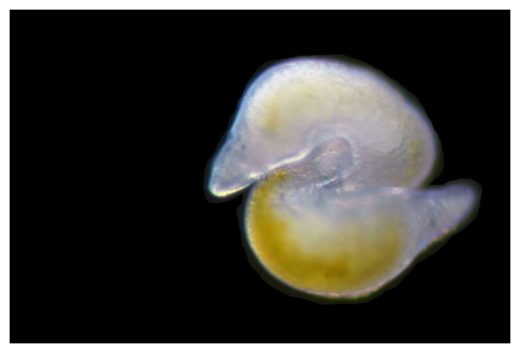
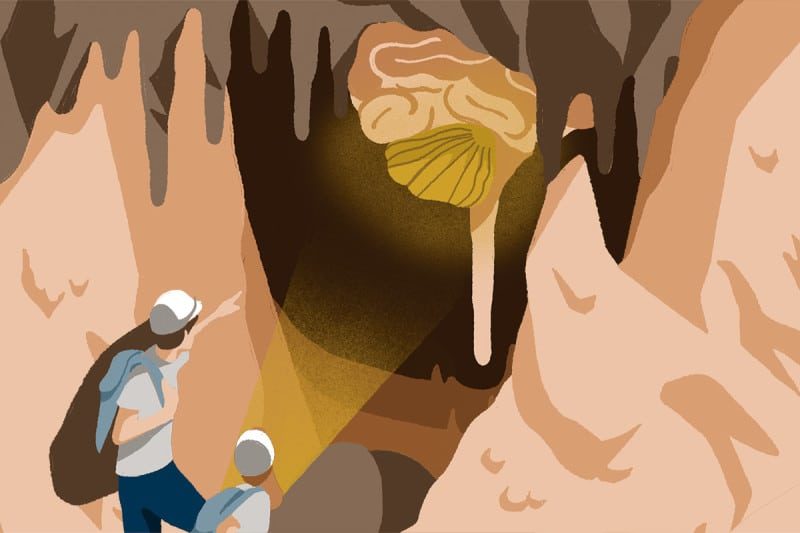

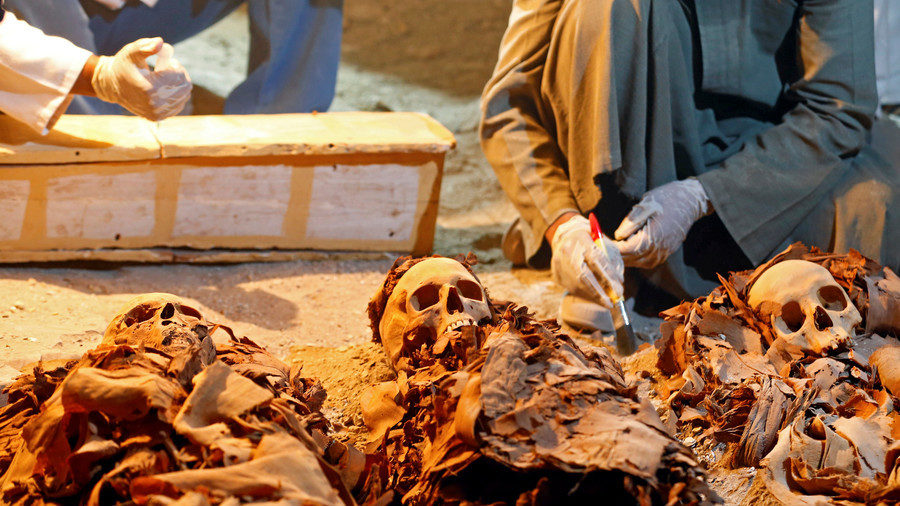

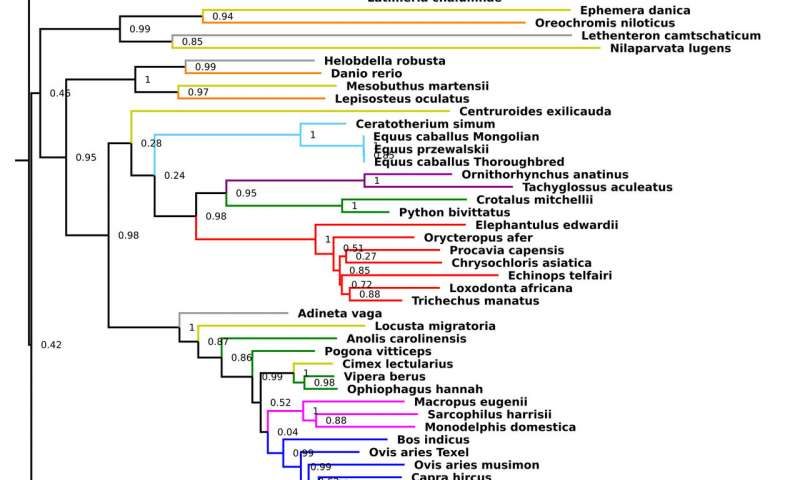



Comment: It has been argued that global warming 'records' have been distorted by the choice of mostly urban locations for weather stations, giving the wrong impression that the whole globe is getting warm, as there are more heat sources in cities and asphalt retains heat. The above seems to confirm this argument.
Then there's this:
Global warming fraud: NOAA shows record warming where NO temperature stations exist
Still, California has been hot in the last few days:
Heat wave scorches US Midwest and East, wildfire warnings for Colorado and California